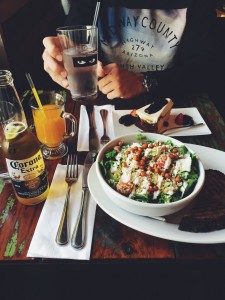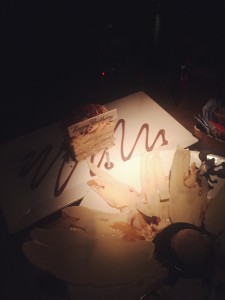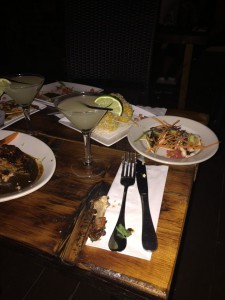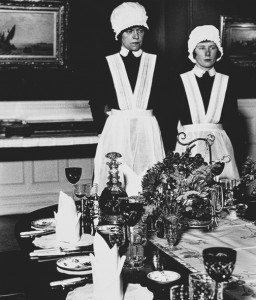I believe food has become a significant part of people’s lives and it helps in bringing them together. Food promotes diversity and tolerance because it is a universal language that brings all different cultures close. Therefore, dining is an important part of any event such as weddings, birthday celebrations, business meetings, and even everyday family dinners. Especially nowadays, it has become a tradition that gives us the opportunity to gather, share, connect with other people and present ourselves to them over food. The preparation of food also helps bring people together and it is often one of the traditional experiences that bind family generations together.

Tag Archives: status
Social statement
Homework #4
So many people to serve one man dinner. Every detail was planned out and each one of those details were delegated to a different person. Having that many servants is an obvious sign of the level of power the king has.
In our time servants and food are still a communication status, as well as a feeling. In a social environment things like lobster, caviar and steak are representations of the rich, whereas burgers and fried chicken are more for people in the ghetto. This is something that is based on not only by price and quality but society.
When a person wants to have a party and show off what they have or give off an impression of status, food is simple way representing that. Having a special event with the right setting at a hall or some sort of venue, the food offered is a representation of yourself. You are hand picking what you want to offer others and to show them the quality of life you enjoy. Would you like for people to see you as the filet mignon person or the burger and fries person?
Homework #4: Food and Status in History
The twentieth-century photographer Bill Brandt (1904-1983) took photographs of the servants working in wealthy households and coal miners in modest dwellings. His photographs often juxtaposed the working class and those with privilege. The images show the abundance of the upper classes, including the banker whose servants are pictured here about to serve dinner at a country home. Historically, the number of servants has long been equated to the status of the household, more help reflects greater importance. One of the most extravagant displays of status through food was the royal court of the French King Louis XIV at Versailles outside Paris. Watch an excerpt from a film by Roberto Rossellini, La Prise du Pouvoir par Louis XIV aka The Rise of Louis XIV (1966) that recreates the dinner service of Louis XIV. The excerpt is in French with English subtitles. Note how many cooks and servants are required to serve one man. In our own times, have you noticed how food can communicate status? at parties? weddings? or even picnics? Post an example of how food can be make a social statement.
Watch the excerpt from Rossellini’s film here.
PLEASE SUBMIT YOUR POSTS BY MONDAY OCTOBER 26, 2015.







